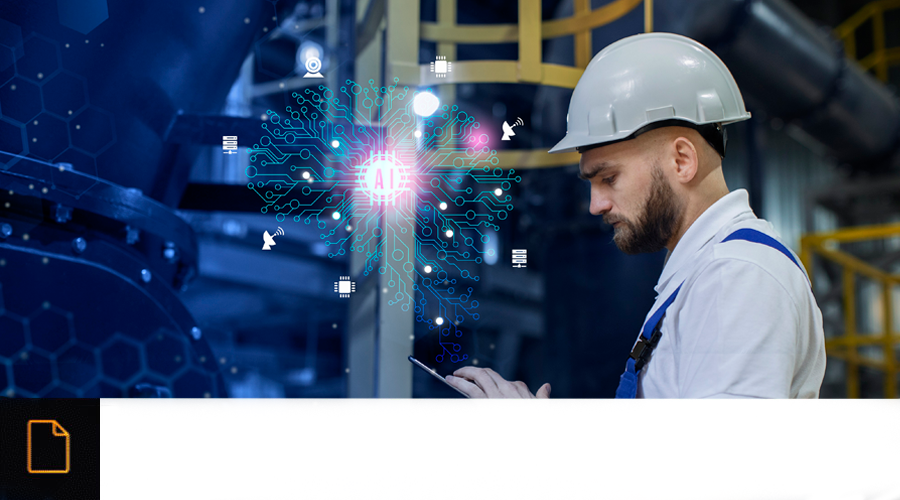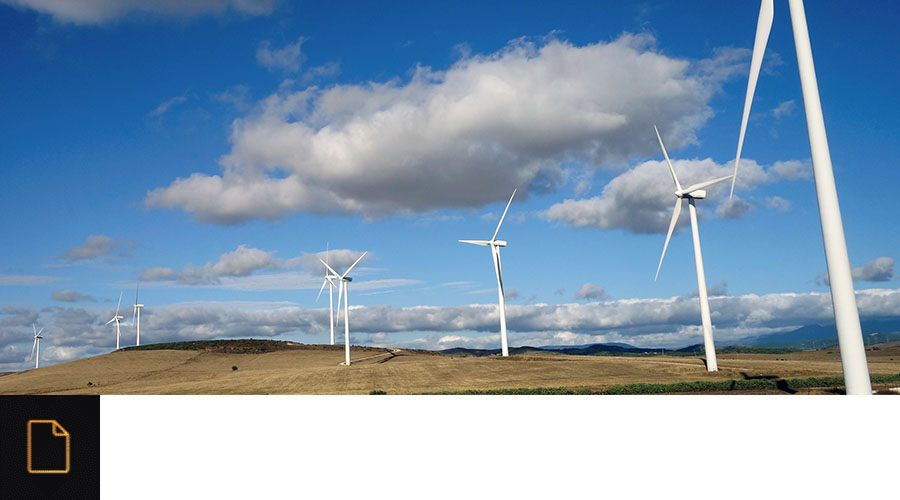DIGITIZATION OF WATER
Written by Antonio Ramírez
14 Sept 2022 | IoT Platform | Article
Assume that the Water can be digitized, seems more science fiction than a tangible reality and in increasing demand today.
It will not escape you, as it does me, that water, paradoxically in a planet with most of its surface covered by water, is becoming an increasingly scarce commodity and demands to be properly managed.
The improvement in water management, treatment and distribution processes involves the digitization of both the assets involved and their processes using technology Deep Tech.
WHAT DO WE DIGITIZE WATER?
In order to have an adequate water policy, any entity in the sector must work on at least four actions to ensure the future of water.
1 - Improving the effectiveness of water conservation and monitoring
This involves making use of technologies that improve the measurement and recording of consumption in customers, improve the level of information and reports that help to make decisions, follow up on water restrictions or efficiency, control the monitoring of water not accounted for in consumption. Digitize the reading of both private and other meters. But this is not all, digitization has to reach all pipelines, treatment plants and others, and even become evident in the river basins.
2 - Rethinking the relationship between water utilities and their customers
For this to happen, access to information on customers' own consumption and how they use water, and even to be able to establish alerts and know the consequences of their consumption, must change a lot. Moreover, it would be necessary to move forward by establishing technologies that allow knowing possible water leaks by the customer, helping them to identify a problem, alleviating their bill and reducing the loss of water due to leakage.
3 - New processes to improve revenues in water utilities
Maximizing revenue or lowering costs will help water utilities grow and become more efficient, and this results in improved water digitization. And it can be achieved by increasing the accuracy of billed charges for water and wastewater. Reducing customer leakage adjustments. Or by identifying consumption in inactive accounts and other water theft activities. And even digitizing hydraulic modeling.
WHAT DEEP TECH TECHNOLOGIES DOES WATER NEED?
If we only take into account the number of millions of customer water meters to be digitized in a city and the amount of data we have to process, you will already realize that it is necessary to have Big Data in Warehouse and/or Data Lake format. And certainly managed from a cloud platform. It is the only way to efficiently manage such a huge amount of data.
But if you add to that all the kilometers of pipelines, water treatment plants, desalination plants and others, from the watersheds to your home tap, you begin to understand that in addition to Big Data, we need highly specialized IoT devices (depending on the asset) and with AI (Artificial Intelligent, or in other words AIoT (Artificial Intelligent of Things) capabilities.
Now, if we talk about really managing water, it is necessary to digitize the water process and assets, throughout the water cycle, and this is achieved with a digital twin that is able to provide at least three types of information. The first one, the real and physical image of all the places and assets through which the water cycle passes. This is usually achieved with BIM images digitized with LIDAR technology, able to represent reliably and in 3D the whole cycle. Allowing a real knowledge of topography of resources, assets, buildings, resources and others.
Secondly, to have increased and real-time information that comes from all the IoT placed and whose data has been converted into real and useful information thanks to the algorithms and AI models applied, without forgetting the dashboards associated with this information and that can be available together with the physical image of the asset or process.
The third is the management of Alarms and Notifications that, managed by the expert knowledge of predictive analysts and/or process analysts and converted into AI models, allow to detect, in real time, incidents for decision making and/or implementation of maintenance or other processes.
I would perhaps speak of a fourth layer, which refers to the simulation of scenarios that help to foresee situations or to decide on improvements and extensions or changes in the management model.
However, and this is the end of the article, this digitalization of water requires more than a Deep Tech, a good knowledge of the water world domain and that is why only specialized industrial AIoT platforms are the ones that today can provide answers to these and other needs that water has today and in the near future. At least that is how we see it from MonoM and that is how our customers in the water sector perceive us.
Have a happy and prosperous day.
Antonio Ramirez - CMO MonoM (Alava Group)











